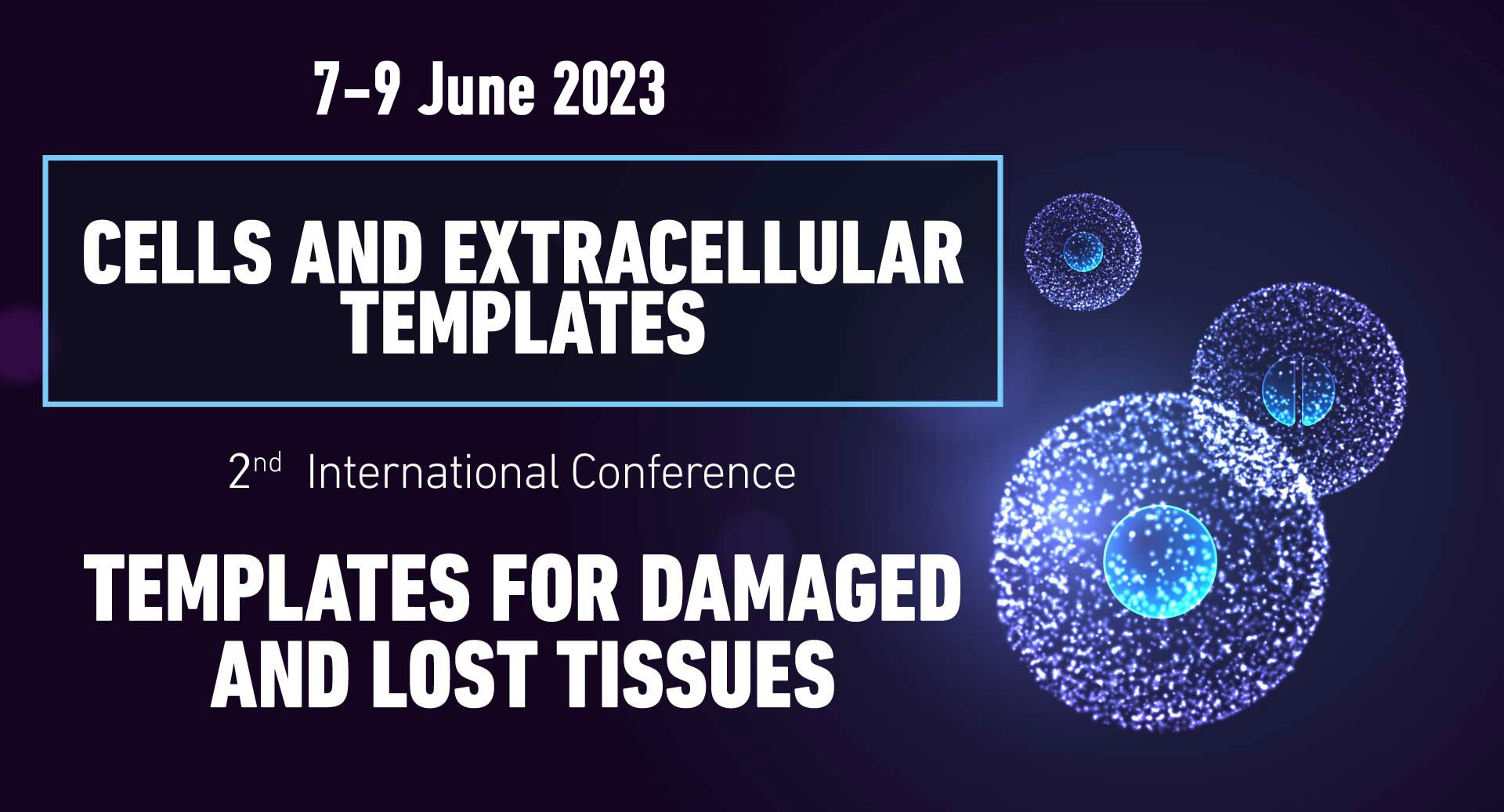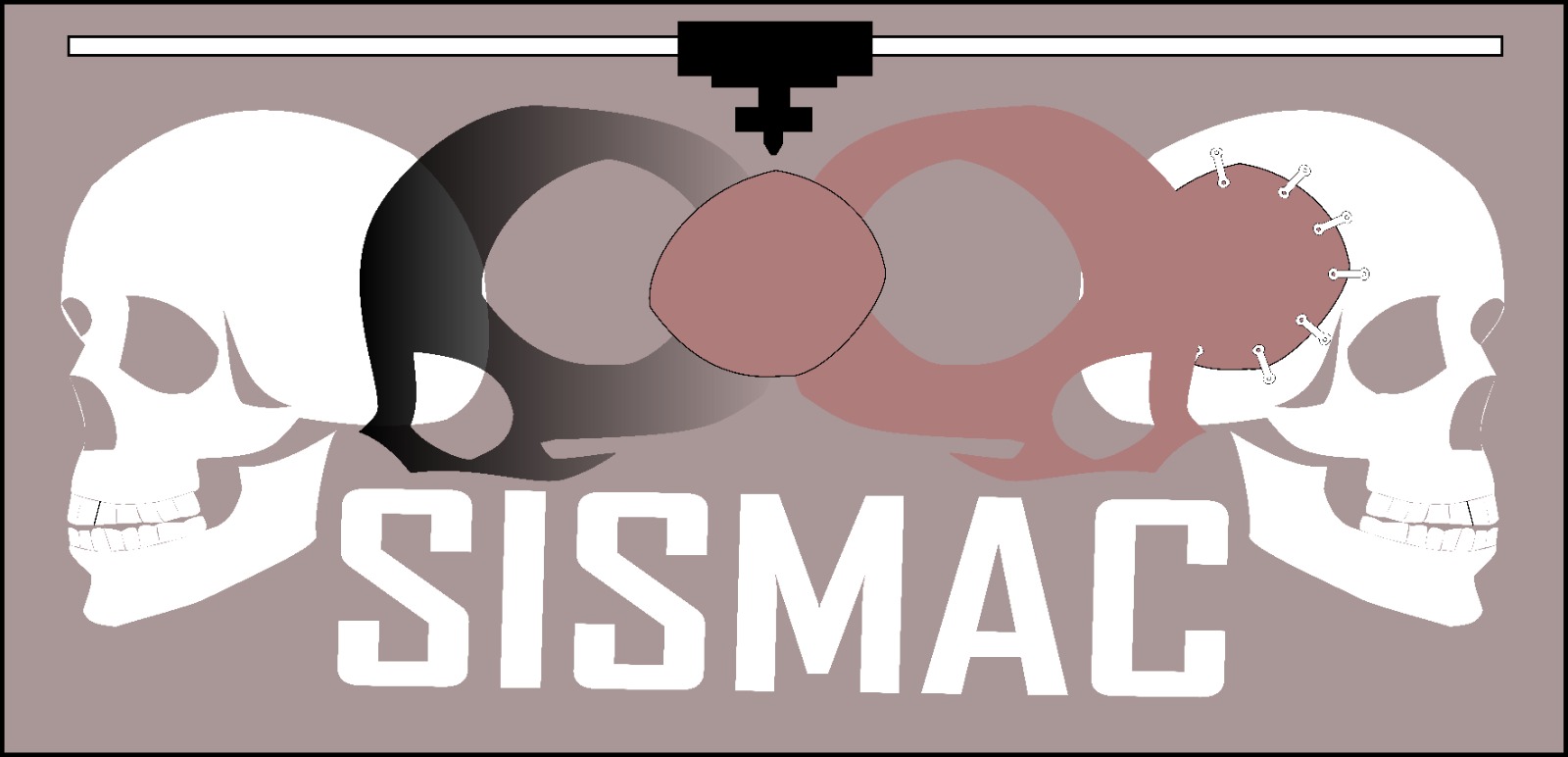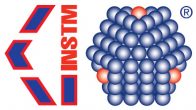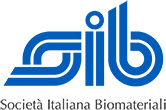
Rome – Italy
Congress Hall Cusano University
Main topics
Starting from 1990 up to 2013 in Faenza and successively in Rome (2015-2016), in Genova (2017) and in Milan (2018), we engineered and disseminated inert prostheses first and bioactive and biocompatible ones later on.
During the last years, partially re-adsorbable compositions were proposed, together with as compatible as possible with living tissues composites. Today, thanks to nanoscience and genetics, it is possible to carry out systematic studies on the nature of living tissues, with detailed information about the opportunity to promote new materials (composites) thanks to differentiating cells in replacement of the damaged and/or lost ones.
The main analytical techniques for the characterization of composites’ defects are microscopy, ultrasounds, microradiography, tomography, mechanical analyses, etc.
The International Conference will revolve specifically around templates able to host cells and interpret their electric and electromagnetic signals, and suitable to join a correct genetic activity.
A complete suggested project will be discussed with the participants to try and put together all the interested medical disciplines, to understand as best as possible the evolution of our tissues during aging.
Main topics, round table and symposium:
– Biomaterials-cells interactions: how cells communicate with each other
• Dialogue between gut and brain
• From plants to animals and men: development of physical and mental activities
• Bio-printing for regenerative medicine
• The epigenetic revolution for human health
• Genetic engineering and gene drive (CRISPR)
• The role of drugs for healthcare
– Round table: Science, Industry and Politics
Symposia
– Symposium SISMAC: Neurosurgery and Cranioplasty: future perspectives”


Under the Auspices of



Co-Presidents of the 2nd International Conference
Chairman
Co-Presidents of the 2nd International Conference

Short Biography
Professor of Biomaterials & Tissue Engineering and Materials Science and Technology, Member of the Research and Projects Committee, and of the PhD School Board, at University of Rome “Niccolò Cusano”, with consolidated expertise in the synthesis and characterization of (bio)materials and eco-sustainable systems. She graduated in Medical Engineering at the University of Rome “Tor Vergata” (Master of Science Award ‘Fondazione Raeli’). Afterwards, she completed the Ph.D in Materials Engineering (Ph.D Thesis Award ‘Marco Ramoni 2011, Ph.D Thesis AIMAT Award 2012) and she obtained the II Level Master degrees in “Forensic Genetics” and in “Protection against CBRNe events”. She is expert in the synthesis, processing and characterisation of biocompatible nanostructured materials, particularly for applications in the biomedical, environmental and agri-food sectors, including bioceramics (undoped and doped calcium phosphates, bioactive glasses), biopolymers and composites. She is reviewer for more than 100 peer-review journals, e.g. Acta Biomaterialia, Biofabrication, Chemical Engineering Journal, has been/is Guest Editor of several Special issues, and is a member of the Editorial Board of several international journals, including Applied Science-MDPI, Applied Surface Science Advances-Elsevier, Biomedical glasses-DE GRUYTER OPEN, Frontiers in Biomaterials, Open Journal of Materials Science-Bentham Science, Recent Patents on Materials Science-Bentham Science, The Open Materials Science Journal-Bentham Open, Reviews on Advanced Materials Science-DE GRUYTER OPEN, and serves on various grant review committees, such as National Science Foundation (NSF), Canada Foundation for Innovation (CFI) and National Science Center (NCN, NARODOWE CENTRUM NAUKI).
For her research activity, she was awarded with: 8th CCT Award “Best Oral Presentation for Young Researchers 2011”, 10th International Award “Giuseppe Sciacca” for Young Students, the European Biomaterials and Tissue Engineering Doctoral Award (EDA-ESB (European Society of Biomaterials)) Award 2011, “Top Cited Author 2011-2012 ChemEngJ”, “L’ORÉAL-UNESCO Italy for Women and Science 2011”, “Under 35 Talents in Lazio 2012”, “Featured Articles and Cover Pages for the following International Journals Chem Eng J, Nanotechnology, Advanced Materials Interfaces”, ”Young Researcher Award Elsevier” Materials Science and Engineering C” 2014, “Good Energy Award 2016”, “SRB Excellence Award 2018”, “Best Poster Award for 18th International Conference ”Life Sciences for Sustainable Development” 2019”, “BIOREMED Excellence Award 2019”.

Feng Huei Lin
National Taiwan University - Taipei
Short Biography
In early 1990, Dr. Lin was recruited as an associate professor in Centre for Biomedical Engineering, College of Medicine, National Taiwan University (NTU); where he started his academic career. In 1997, he was promoted to the full professor. He organized to setup the Institute of Biomedical Engineering in NTU and served as acting director in the institute (1997-1999). Afterwards, Dr. Lin was invited to be the first director in Department of Biomedical Engineering of NTU-hospital with engineering background (2003-2005). Then he returned to Institute of Biomedical Engineering, NTU, as director (2005-2008). Assigned by National Science Council, Taiwan Dr. Lin made the budget allocation and future 10-year financial plan as the Convenor of Biomedical Division (2006-2009). Then Dr. Lin transferred to Division of Biomedical Engineering, National Health Research Institutes (NHRI), as the director and took charge of the development of biomaterials and tissue engineering (2008-2012). Now, he is the distinguished professor in NTU, chair professor in National Taipei University of Technology, executive editor of Journal of Biomedical Engineering and international fellow of International College of Biomaterials Sciences and Engineering.
Dr Lin has served as standing committee members in many international societies since 1996. He was the permanent international advisory board in Ceramic, Cell and Tissue (CCT) (1998-2010); and served as the President in 2010. He was one of the standing committee members in WACBE (2005-) and council member in TERMIS-AP Chapter (2009-2011). He also served as editorial board members in many SCI journals, e.g. Biomaterials, International Journal of Biomaterials, International Journal of Biomaterial Research and Engineering, Journal of Musculoskeletal Research etc..
Since 1990, Dr Lin has published over 409 SCI papers, joined 9 book chapters, awarded 69 patents and transferred 20 technologies to industry. His research is in scaffold for tissue engineering, nano-technology for drug and gene delivery, bio-nano-science for cancer hyperthermia, biomaterials for stem cell research, and hydrogel for vitreous body substitute. He is willing to involve in collaborations with researchers and scientists from different fields; and dedicates to mentoring young scientists. With his integrated experiences both in academic research and industry, Dr. Lin is devoting to promote the research achievements to commercial product.
Chairman

Short Biography
Graduate in Industrial Chemistry in Bologna University. Director of Research at the Italian National Research Council (CNR); he develops his activity on traditional ceramics with particular reference to ancient ceramics(Archaeometry) but in the last 30 years , he focused to bioceramics: ceramics for medical applications particularly devoted in science and technology of materials and cells and extracellular template for tissue regeneration.
He performed research in interface property control(solid state reactions and processing microstructural
characteristics), environmental effects in ceramics, structural ceramics(traditional and advanced).He
has published over 430 publications in the ceramic field in specialist European and extra-European periodicals, seven volumes on ceramic raw materials, two books on ancient ceramics, two books on
bioceramics in Italian language and in english language published by Chapmann& Hall from London; he is author and co-author of more than 450 communications at national and international meetings.
Scientific Committee
I. Antoniac (Bucharest – Romania)
S. Barinov (Moscov – Russia)
A.R. Boccaccini (Norimberga – Germany)
I. Cacciotti (Roma – Italy)
M. Dettin (Padova – Italy)
P. Ducheyne (Philadelphia – USa)
A. Fedotov (Moscow – Russia)
R. Gadow (Stuttgart – Germany)
M. Kirsch (Berlin – Germany)
F. Korkusuz (Ankara – Turkey)
F. H. Lin (Taipei City – Taiwan)
V. M. Saceleanu (Sibiu-Romania)
A. Maresta (Ravenna – Italy)
A. Ravaglioli (Faenza – Italy)
A. Rinaldi (Roma – Italy)
R.W. Siegel (Troy – USA)
G. Terziani (La Spezia – Italy)
C. Sorrell (Sydney – Australia)
H. Uludag (Edmonton – Alberta Canada)
T. Webster (Hebei University of Technology and Interstellar Therapeutics USA)
Scientific Secretariat
Alessia D’Andrea
Erika Lunetta
Marianna Messina
Valerio Papa
Rossella Ravaglioli
email for information and abstract submission: cet2022@unicusano.it
Call for papers
New submission deadline for abstracts: 30 April 2023.
Modality of abstract(s) presentation: Abstract(s) must be typed on a page A4 (21×29.7 cm) The character set must be Times New Roman 12 pt, except especial symbols normally taken from Symbol Table. The text must not exceed 250 words and must be written in English in an unique column left and right justified, with interlines spacing set on exact 14 pt. Every abstract must include: title of the presentation (oral or poster, with character set: Times New Roman Bold 16 pt, centred), authors’ names (character set: Times New Roman Bold 12 pt, centred), institutions with address, state, phone, fax and/or E-Mail address (character set: Times New Roman Bold 12 pt, left justified), quoted with proper increasing numerical symbol (uppercase) from the author’s names list. The content of the text must produce sufficient information about the target of the study, methods utilised, results obtained and conclusions. Preference for either oral or poster presentation should be indicated. The authors whose abstract will be accepted will receive informative instructions for publication in the book of the proceedings. The abstracts must be sent to the organizing secretariat and will be examined by our scientific committee The authors, whose abstract(s) have been accepted, will receive informative instructions on time and modality of presentation.
Registration
The registration fee for each participant includes: «Participation to the conference; Coffee breaks; Documentation of the conference ».
The registration fee is:
- € 250.00 until 30th April 2023.
- € 300.00 after 30th April 2023.
- € 150 for students
- € 100 for accompanying people
The registration fee can be paid through bank transfer to IBAN IT17O0832703272000000000671 (Banco Credito Cooperativo di Roma BCC), indicating clearly the participant name(s) and as cause: “2nd CET Registration fee”. Please, note that all payments by money transfer must be free of banking charge for beneficiary.
The form has to be filled in and sent to cet2022@unicusano.it.
Accomodation
We advise you to try and book rooms in Casa per Ferie Severino Fabriani, which is the closest structure to the venue (a few minutes by foot). Other suitable facilities may be: B&B Park Pines (12 minutes by foot or just 10 minutes through bus lines 146, 904 and 993), Anna Guest House (around 25 minutes by bus lines 904, 905 or 993) or Casa San Juan de Ávila (28 minutes by bus 904).
If needed, the Scientific Secretariat will gladly help you organise your accomodation.
Any requests may be addressed to cet2022@unicusano.it.
How to reach us
Niccolò Cusano University
Via don Carlo Gnocchi 3, 00166 Rome
cet2022@unicusano.it
A free shuttle service is available Battistini/Unicusano and Unicusano/Battistini.
Timetable at: https://www.unicusano.it/en/facilities/free-shuttle-service
The headquarters of the Niccolò Cusano University can be easily reached by public transport from any part of the city.
To find out the most convenient route: https://www.unicusano.it/en/contacts/how-to-reach-us